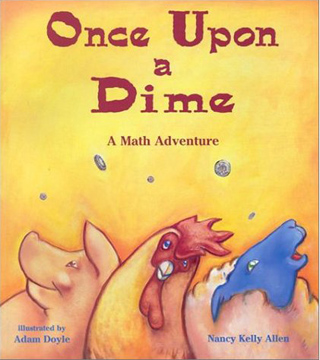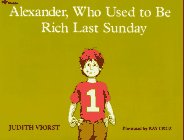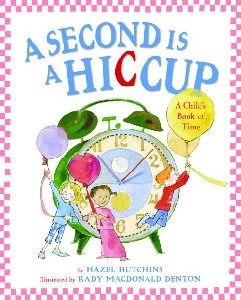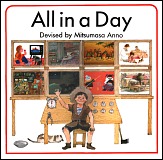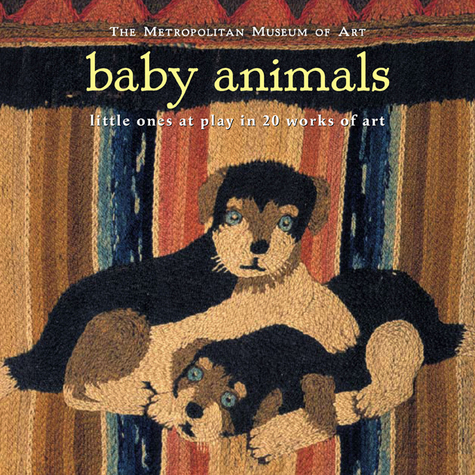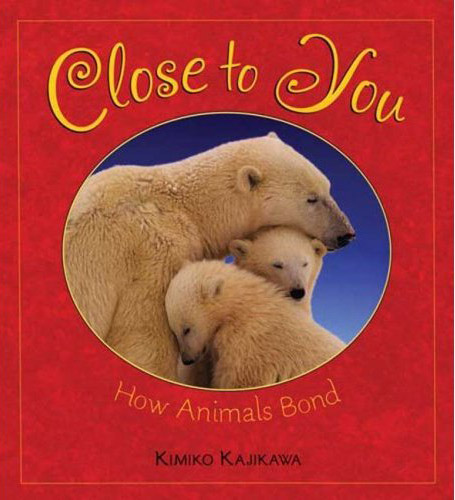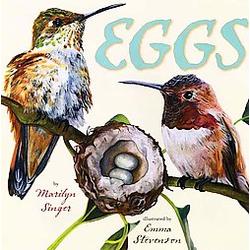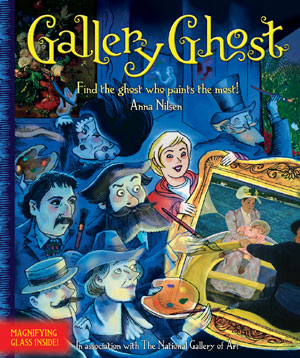A little over a week ago on Weekend Edition, Sylvia Poggioli reported on a lost mural by Leonardo da Vinci. In one of his notebooks, da Vinci wrote, “On the sixth of June, a Friday, at the stroke of the 13th hour, I began to paint in the palace.” The palace he wrote of was the grand hall of the Palazzo Vecchio in Florence, Italy. It was here that he was commissioned to paint a mural of the Battle of Anghiari, a mural that has since been lost in time. You can see some of the preparatory drawings da Vinci made at the the Italian Ministry of Cultural Heritage’s Web site.
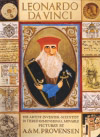
After listening to the story, High-Tech hunt aims to find missing da Vinci mural, I was immediately reminded of the book Leonardo da Vinci: The Artist, Inventor, Scientist in Three-Dimensional, Movable Pictures by Alice and Martin Provensen. Published in 1984, this pop-up book was one of the favorites in my middle school science class. This beautiful volume contains six double-page spreads with pop-ups, pull-tabs, slide wheels with ribbon pulls and other movable objects.
This biography provides only brief highlights from the life of da Vinci, but accompanied by the Provensens’ panoramic views and paintings that evoke 15th century Florence, there is much here to pique the interest of any reader. Attention is given to da Vinci’s fascination with flight and his attempts (although failed) to build flying machines. Quotes from da Vinci’s notebooks and examples of his sketches can be found on several pages. Readers also learn about his interest in drawing a range of objects from nature, his study of the heavens, and some of his works of art.
Here is an excerpt. It is found on a page where readers pull down a movable section of the page to see a mural fade from view.
Leonardo was invited to paint a mural in the great hall of the grand council of Florence. In order to cover the vast space he constructed an ingenious scaffold that could be raised or lowered to reach any part of the wall.
At last Leonardo began to paint.
He made a design so extraordinary that all Florence came to marvel. Alas! The wall was as porous as a sponge! As the paint sank in, the wonderful picture disappeared before their very eyes.
This is the very mural referred to in the NPR piece. It is easy to understand why the mural faded when listeners learn that da Vinci experimented with techniques used by the ancient Romans. He faced many challenges in using oil on dry plaster, not the least of which was how to dry the painting.
I am not generally a fan of pop-up books, but this one has always held my interest, largely because of the beauty of the illustrations and my general fascination with da Vinci. If you can get your hands on a copy, I recommend it as a nice introduction for readers with a budding interest in the original Renaissance man.
Book: Leonardo da Vinci: The Artist, Inventor, Scientist in Three-Dimensional, Movable Pictures
Author/Illustrators: Alice and Martin Provensen
Publisher: Viking Press
Publication Date: 1984
Pages: 12 pages
Grades: 4-8
ISBN: 067042384X
Source of Book: Personal copy.
This post was written for Nonfiction Monday. Head on over to Anastasia Suen's blog and check out all the great posts highlighting nonfiction this week.

